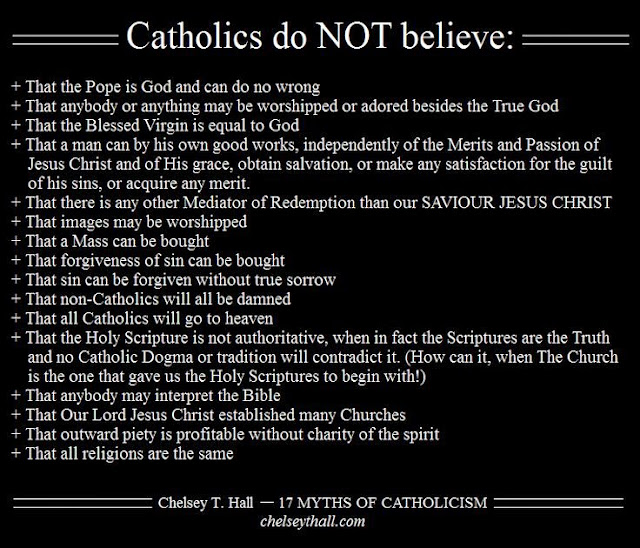Fr Pierre Teillard de Chardin, a Jesuit paleontologist, in 1955 wrote the "Phenomenon of Man" and said, "We are not human beings on a spiritual journey, we are spiritual beings on a human journey.
Some of Teilhard de Chardin's ideas came into conflict with some officials in the Roman Curia and in his own Jesuit order. Specifically, Teilhard's superiors thought that Teilhard's views on original sin were contrary to Catholic doctrine. As a result, many of Teilhard's writings were censored by the Church during his lifetime. However, in July 2009, Vatican spokesman Fr. Federico Lombardi said: "By now, no one would dream of saying that [Teilhard] is a heterodox author who should not be studied."(http://ncronline.org/news/pope-cites-teilhardian-vision-cosmos-living-host) And, although his writings brought some controversy, his reflections on the nature of goodness and of the meaning of Jesus Christ has received praise from figures such as Pope Benedict.
Many of the concepts he writes about are confusing and seem to conflict with Catholic teaching, like "noosphere": For Teilhard, the noosphere is the sphere of thought encircling the earth that has emerged through evolution as a consequence of this growth in complexity / consciousness. The noosphere is therefore as much part of nature as the barysphere, lithosphere, hydrosphere, atmosphere and biosphere. As a result, Teilhard sees the "social phenomenon [as] the culmination of and not the attenuation of the biological phenomenon."[8] These social phenomena are part of the noosphere and include, for example, legal, educational, religious, research, industrial and technological systems. In this sense, the noosphere emerges through and is constituted by the interaction of human minds. The noosphere thus grows in step with the organization of the human mass in relation to itself as it populates the earth. Teilhard argued the noosphere evolves towards ever greater personlisation, individuation and unification of its elements. He saw the Christian notion of love as being the principal driver of noogenesis. Evolution would culminate in the Omega Point - an apex of thought/consciousness - which he identified with the eschatological return of Christ.
Monday, September 22, 2014
Wednesday, September 17, 2014
Sunday, September 14, 2014
Subscribe to:
Posts (Atom)

